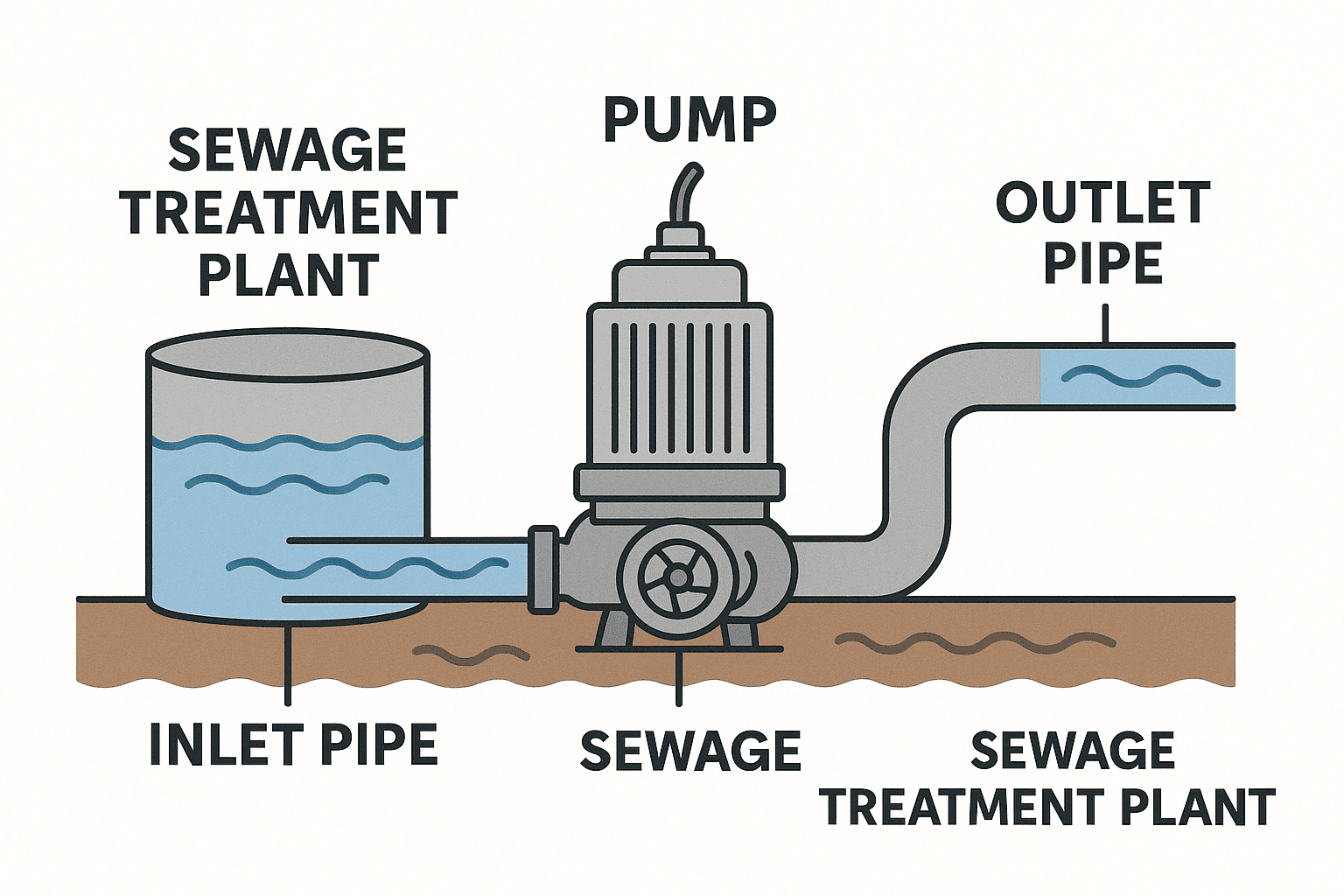Consider The Following 7 “Marketing What Are You Currently Doing” Factors ?
What are currently doing to generate leads and increase sales within your business. The simple statement “what are you currently doing when associated with sales and marketing factors such as
- Attracting interest
- Capturing leads
- Developing prospects
- Sales conversion
- Satisfying the customer
- Upsell / Cross sell
- Gaining referrals
1: Attracting Interest
What are you currently doing to attract traffic to your
- Website
- Online Store
- Retail location
- Telephones
- Data capture elements
2: Capture Leads
What are you currently doing to gather contact information from visitors to your
- Website
- Online Store
- Retail location
- Telephones
3: Developing Prospects
What are you doing to stay in contact with
- Your Loyal customers
- Your existing customers
- Your lapsed customers
- Your Prospects
4: Convert Sales
- What are you currently doing to identify when your customers are ready to buy
- What are you currently doing to identify when your prospects are ready to buy
- What are your customers / prospects doing that help you understand when they are ready to buy
5: Deliver and Satisfy
- What are you currently doing to measure and evaluate that your customers are happy
- How do you identify that your customers are wowed by your products and service
6: Upsell Customers
- What are you currently doing to sell more products and services to your existing customers
- What are you currently doing to sell more to lapsed customers or low spend customers
7: Get Referrals
- What are you currently doing to get referrals from existing customers
- Are you asking happy customers for referrals
- Are you managing the referral process
- Are you maximising the opportunities to get online referrals. If you have google my business then collect Google review, or use a third party proprietary tool like Trust Pilot.
Are You Completing Marketing Madness
So many companies seem to waste money and time performing acts of marketing madness. In this article I will share what I think are the top 5 acts of marketing madness.
Note: This article isn’t for you if
- You are lucky enough to have a huge limitless marketing budget
- You have so much time for sales and marketing activities you are often left wondering how to fill your day
Marketing Madness 1. Not communicating regularly with existing customers
If you have existing customers (businesses / people) who have previously spent money with you, then there is an opportunity that they could buy more from you, or purchase additional products / services (maintenance / repair / warranties / add ons ).
Perhaps they know of other companies who would benefit from using you, or would be happy to provide a testimonial. Having a credible and professional way of keeping in contact whilst providing useful / valuable information has the potential of ensuring your existing customers are aware of you or prompt them to consider a future purchase.
Note: Regular communication shouldn’t be misconstrued with the sending of spam content.
Madness 2. Investing in trade shows / exhibitions without any strategy
Trade shows are a fantastic way of getting in front of a large percentage of your target audience in a very short space of time. This often means that exhibiting at a good trade show can cost many thousands of ££££’s (once you have taken into account the stand cost. people, hotels and beer)
So why do many businesses book to attend a trade show without
- Setting objectives as to what they want to achieve as a result of exhibiting
- Communicating that they will be attending (even just putting the exhibition details on the signature of an e mail
- Failing to invite existing / potential customers to see them at the show
- Having a clear sales and marketing process in place to efficiently deal with all the enquiries they make
- Identifying what it is they offer that will encourage someone to stop at their stand (i.e. something other than the box of chocolates / free pen or squidgy stress ball
- Read more about getting more from your next trade show / exhibition – click here you might need more than stress balls and sweets as a reason for people to stop!
Marketing Madness 3. Using a single communication to try and gain a new customer
Research from numerous sources has identified it typically takes 8 interactions to start a business relationship. So if you are targeting cold prospects sending them a single piece of direct mail, or a one off e mail telling them how good you are it is unlikely (in most cases ) to directly lead to new business.
You need to have multiple and possibly different communication types in order to open up and develop a relationship, for example
- Telephone call to get correct contact details and permission to send information
- Introductory non sales E mail
- Supportive direct mail piece
- Follow up e mail with additional information and opportunity to get more high value content
- The high value content (perhaps a technical report, research findings or observations on issues facing the sector
- Telephone call with a clear offer
- etc
Now at any point you might be lucky and the prospect says “I want to buy” or “Please make an appointment for us to chat” but what process have you got in place for those prospects who don’t respond to a single contact?
Madness in Marketing 4. Constantly developing new products or services without capitalising on the good ideas
When we meet manufacturing companies for the first time and ask them what they do or what their capabilities are. This highlights
- A: Activities they are currently doing which is profitable
- B: Activities that they are doing that is actually a pain but they continue to do it
- C: Stuff that they have been trying to do but don’t seem to have the time to fully develop
- D: Stuff that solves a major market / sector issue or problem for which a solution would be highly valued. Unfortunately because they are busy doing B they have not and will never exploit this opportunity
One of the reasons for this is that they haven’t got a clear business process in place for looking at customers / products to identify where they should focus resources.
Website Madness 5. I need a new website and I want to be number 1 in Google
Searching on the web for a product or service is an everyday occurrence, but many businesses still don’t seem to fully understand how to approach building a new website in order to generate enquiries.
3 simple tips to consider with website search ranking
- If you could rank #1 for a search term what would the visitor do when they landed on the page
- If you ranked number 1 how many visitors would you actually get. There might only be 10 people per month searching for this term. Of those visitors what percentage might be likely to purchase.
- Could you develop a process whereby you send people to the site (to specific pages on the site that you want) so that you don’t have to worry about SEO (as much)
- Click here to find out if your website is failing
Common Types Of Marketing Message
When you look at marketing messages communicated on promotional material or in adverts be they printed or online you can typically categorise them into one of the following four categories
Marketing Message 1. Bull$#*!
Or as illustrated by the picture on the right. These are marketing messages created by the unscrupulous designed to fool the gullible.
The adage that if it sounds to good to be true it possibly is.
In many cases they follow the classic Rags to Riches storyline i.e. I was homeless. broke. my marriage was dissolving, thankfully I stumbled across Wizz Bang at only £19 and now I am a multi gazillionare with 5 Ferrari’s and I only work one day a year.
Marketing Message 2. So What
These messages are often found in technology companies where you read about the frequency, power, rpm etc and at the end of it go “So What”. These messages are often used when companies don’t understand who they are trying to sell to and what pain their customer is feeling. So they end up creating a bland message designed not to engage with anybody “So What”
Marketing Message 3. Education
In today’s fast moving environment technology develops so quickly that the way we did something five years ago may be dramatically different to the way that we do it now. We have an ageing population, a growing population who have only ever experienced the web and social media. In many cases it is therefore necessary to educate consumers in order to provide them with sufficient knowledge in order for them to take action on a purchase. For this reason educational pieces of promotional material are more and more common.
Marketing Message 4. True Value
Promotional material that has been developed for a specific type of person and features specific messages, that are absolutely on target in terms of relating to the pains faced by the target consumer, are the goal of a sales and marketing professional. These can only be created if detailed information is known about the types of customer and what it is that is causing them pain and provides the customer with value.
So How Do You Communicate True Value
-
- Numbers sell so quantify points where possible
- FREE is a powerful word especially when the item that is FREE is genuinely valuable
- Rapid Results i.e. being able to quantify when you will see a benefit
- Exclusivity – again when its a genuine offer and not just a cheap marketing ploy
- Regular bite size portions, so small snippets of information frequently provided as opposed to a monster white paper
Improving The Performance Of Your Marketing & Sales People
4 Performance Success Factors
Sales & Marketing People Performance = (Engagement x Ability ) – Interference
3 Types of Employee Engagement
-
- Actively engaged
- Not Engaged
- Actively disengaged
If Your Employees Were A football Team Potentially
How can you improve employee engagement
-
-
- Provide recognition or praise to employees for doing good work. Praise or recognition should be
- Immediate – don’t delay or wait to end of month etc – do it immediately
- Often -don’t just have one event per year – do it frequently
- Genuine – be honest in your feedback
- Specific – reward specific activities / performance
- Work on the positive points of an employees performance
- A typical approach is to say “Person X in your role you aren’t doing that very well lets spend time to improve what you are poor at
- An alternative approach is to Spot Strengths & Maximise Them
- What do you do right / well that we can build on
- At work do employees have the opportunity to do what they do best everyday
- Does the mission / purpose of your company make employees feel that their job is important
- Make sure that your employees jobs have meaning
- Provide recognition or praise to employees for doing good work. Praise or recognition should be
-
Do your employees jobs have meaning
Steven Covey is famous for his book on the 7 habits of highly successful people. The following football analogy indicates the confusion / inadequacy within employees within a team.
-
-
-
- Only 4 of the 11 players would know which goal is theirs
- Only 2 of the 11 players would care
- Only 2 of the 11 players would know what position they play and what they are supposed to do
- Of the 11 players 9 would be in some way competing against their own team members rather than the opposition
-
-
Improving Your Marketing Process
Developing And Improving Your Marketing Process
Establishing a marketing process is critical if you want to achieve effective and efficient sales and marketing. In this article we will consider 3 key elements; controlling the process, reviewing the process and adding value to the process.
-
-
- Why did you lose the last piece of business. Review failed proposals
- How can you add more value to a sale rather than just looking to cut out waste
- Value is what a customer wants and will pay for – have you nailed this
- From a value perspective what are your potential ‘Could Haves’
-
1. Use objective measures not subjective measures
2. Ask questions about your Sales and Marketing
-
-
- What worked well
- What could be done to make it work better
-
3. Consider these two great approaches to getting sales and marketing completed
-
-
- What can be done to systemise the routine
- How can we humanize the exceptions!
-
Developing And Improving Your Marketing Process
If you need help with marketing the a “Marketing Discovery” session with an experienced and qualified marketing professional. They will ask difficult questions and help you through the marketing process. The starting process will typically be evaluating “customers”. We have noticed over the years that many companies have limited detailed knowledge of their customers and why they buy from them, and what’s of importance and value to them. Evaluating competitors is another area that will be considered and there are a number of tools that a marketing consultant will have to help you accurately evaluate your competitors.
For more information and news on marketing click here. To contact a marketing professional click here
Adapt Your Marketing To Meet Your Customers Capabilities
In this series of articles we will look at why a one size fits all cant be applied to marketing.
To start with lets look at some of the generic groups that have been created since the 1940’s
-
-
- Mature / Silents
- Baby Boomers
- Generation X
- Generation Y / Millenium
- Generation z Boomlets
-
| Group Name | Born | Characteristic |
| Mature / Silents | 1927- 1945 | Went through their formative years during an era of suffocating conformity |
| Baby Boomers | 1946 -1964 | The first TV and divorce generation |
| Generation X | 1965 -1980 | Raised in the transition phase of written based knowledge to digital knowledge archive |
| Generation Y / Millennium | 1981 -2000 | Prefer digital literacy as they grew up in a digital environment. Have never known a world without computers |
| Generation Z / Boomlets | After 2001 | They are Savvy consumers and they know what they want and how to get it and they are over saturated with brands |
Some examples of the differences in approach by the groups
Learning
Those of a Generation X era will remember being at school / college and visiting the library to get information. The quality of the information available was limited to the books that they had available on the shelf. Today’s Generation Z have almost been born with a wifi enabled telephone within their hand and can get all of the information they need immediately through online search and peer reviews
Talking
I’m of an age where I remember us having to leave the house to go to the phone box on the corner of the street in order to make a telephone call. It was almost rationed in two ways, one being the cost and secondly actually having somebody with a phone who you could call. The majority of people now have a mobile phone which not only allows people to talk at any time but for the Generation X allows them to access the social media sites to which they belong and frequently access.
Speed
For the mature group they can possibly remember when they needed illumination lighting the gas lamp. In my generation we simply switched the switch to get electric light. For the Generation Z they simply request light through their mobile application
6 Key Factors To Consider Whatever Your Customers Age
Establish A Unique Sales Offer
-
-
- Identify the value
- Differentiation
- Brand
- Emotion
-
Make The First Sale Easy
-
-
- Download
- Audit
- Workshop
- Quote
- Sample
-
Build Trust
-
-
- Be responsive
- Credibility
- Social Proof
- Presentation
- Communication
-
Extreme Customer Focus
-
-
- Service
- Relationships
- Reviews
- Value
-
You need to think like a customer
-
-
- Online
- Technology
- New Entrants
- Major Players
- Alternatives
-
Establish the customer core frustrations
-
-
- Cost
- Hassle
- Speed
- Communication
- Why
-
As an SME Manufacturer What Are You Doing To Generate Sales
As an SME manufacturer, there are several marketing strategies that can be effective in promoting your products and generating sales. Here are some of the most effective approaches:
- Digital Marketing: Embrace digital marketing techniques such as search engine optimisation (SEO), pay-per-click (PPC) advertising, and social media marketing. Establish a strong online presence by optimising your website, running targeted ad campaigns, and engaging with your audience through social media platforms.
- Content Marketing: Create valuable and informative content related to your industry or products. This could include blog posts, articles, videos, infographics, or tutorials. Share this content on your website, blog, and social media channels to attract and educate potential customers.
- Email Marketing: Build an email list of interested prospects and existing customers. Send regular newsletters, product updates, special promotions, and personalized offers to keep them engaged and informed about your latest offerings.
- Online Marketplaces: Leverage popular online marketplaces such as Amazon, eBay, Etsy, or Alibaba to reach a wider customer base. List your products on these platforms and optimize your listings with relevant keywords, attractive images, and detailed descriptions.
- Customer Reviews and Testimonials: Encourage your satisfied customers to leave reviews and testimonials about your products. Positive reviews build trust and credibility, which can significantly influence potential customers’ purchasing decisions.
- Influencer Marketing: Collaborate with industry influencers or micro-influencers who have a strong following and influence in your target market. They can help promote your products to their audience through product reviews, sponsored content, or endorsements.
- Trade Shows and Exhibitions: Participate in relevant trade shows, exhibitions, or industry conferences to showcase your products and connect with potential buyers. These events provide an opportunity to network with industry professionals, generate leads, and gain market exposure.
- Partnerships and Collaborations: Seek partnerships or collaborations with complementary businesses or organisations. For example, if you manufacture organic food products, you could partner with a health and wellness blogger to create mutually beneficial promotional campaigns.
- Customer Relationship Management (CRM): Implement a CRM system to manage customer data, track interactions, and personalize your marketing efforts. This allows you to provide personalised recommendations, targeted offers, and exceptional customer service.
- Analyse and Refine: Regularly analyse your marketing efforts to understand what is working and what needs improvement. Use analytics tools to track website traffic, conversion rates, and customer behavior. Adjust your strategies accordingly to optimize your marketing efforts.
The effectiveness of these strategies may vary depending on your industry, target audience, and product offering. It’s important to monitor the results, adapt your approach, and experiment with different techniques to find the most effective marketing mix for your SME manufacturing business. To find out more about marketing what are you doing effectively contact a professional marketer at Blue Dolphin
















